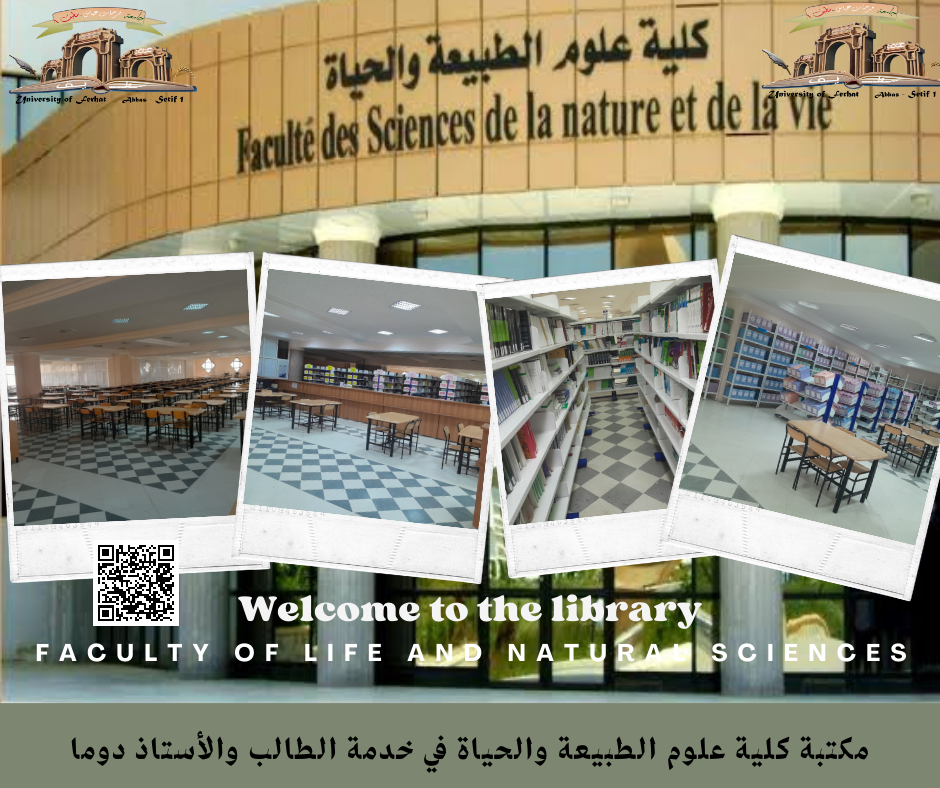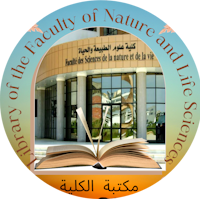Catalogue de la bibliothÃĻque de SNV
A partir de cette page vous pouvez :
| Retourner au premier ÃĐcran avec les catÃĐgories... | Votre compte | Aide |

| Titre : | Sub-Acute Toxicity of Alkaloids Extract from Drimia maritima in Pregnant & Non-Pregnant Females of Wistar Rats. |
| Auteurs : | Hazar Fadli, Auteur ; Fatiha Derouiche, Auteur ; Abdelouahab Bouzidi, Directeur de thÃĻse |
| Type de document : | document ÃĐlectronique |
| Editeur : | SÃĐtif (AlgÃĐrie) : FacultÃĐ des sciences de la Nature et de la vie, UniversitÃĐ Ferhat Abbas SÃĐtif 1, 2025 |
| ISBN/ISSN/EAN : | MS/2239 |
| Format : | 61 Feuilles |
| Langues: | Français |
| CatÃĐgories : | |
| Mots-clÃĐs: | Drimia maritima ; Alkaloid extract ; Embryotoxicity ; Sub-acute toxicity ; Wistar rats ; Biochemical markers ; Hematological analysis ; Developmental Toxicity ; Progesterone ; Anemia. |
| RÃĐsumÃĐ : |
Drimia maritima, commonly known as sea squill, is a bulbous plant native to the Mediterranean basin, including Algeria. It has been used for centuries in traditional medicine for its cardiotonic, diuretic, and anti-inflammatory properties. Despite its therapeutic uses for conditions like asthma and jaundice, the plant is also known for its high toxicity, mainly due to potent compounds such as bufadienolides. Its toxicity is so notable that it has historically been used as a rodenticide. The primary aim of this study was to perform a phytochemical analysis of the alkaloids present in Drimia maritima bulbs and to carry out a comprehensive toxicity assessment. Specifically, the study sought to evaluate its effects on biochemical and hematological markers and embryonic development in female Wistar rats. Bulbs of Drimia maritima were collected from the SÃĐtif region in northeastern Algeria. Total alkaloids were extracted from fresh plant material using a liquid-liquid extraction method, with a yield of approximately 0.036% from the raw plant material. The presence of alkaloids was confirmed in the final extract using thin-layer chromatography (TLC) with Dragendorffâs reagent as a detection agent. For toxicity evaluation, healthy adult female Wistar rats were used. A sub-acute toxicity study was conducted, where the treated group received a daily oral dose of 5.1761 mg/kg for five days. This dose corresponds to 1/100 of the reported LDâ â. Assessments included body and organ weight monitoring, complete hematological and biochemical analysis (to evaluate liver and kidney function), and reproductive hormone measurements. To assess embryotoxicity, pregnant females were treated during gestation. On gestation day 20 (GD20), they were sacrificed, and the number and weight of fetuses were carefully examined. No mortality was observed during the sub-acute test. However, transient mild clinical signs such as tachycardia and slight convulsions were recorded shortly after administration. In non-pregnant rats, significant body weight loss was observed in the treated group. While no gross anatomical changes in organs were noted, a statistically significant increase in the relative spleen weight was recorded. Biochemical analysis revealed a notable and significant decrease in serum urea and creatinine levels (renal markers) and in liver enzymes AST and ALT. Hematological evaluation showed a significant reduction in platelet count (PLT) and plateletcrit (PCT). In pregnant rats, maternal body weight remained stable throughout gestation. However, the extract showed strong signs of developmental toxicity. The average pup weight in the treated group was reduced by approximately 81.93%, indicating severe intrauterine growth restriction. The number of pups also decreased, although this change was not statistically significant. Hormonal analysis revealed a significant increase in progesterone levels in treated females. These findings confirm that the alkaloid extract of Drimia maritima, even at a low sub-acute dose, induces moderate and potentially reversible toxicity. It clearly affects organ function and reproductive outcomes. The sharp decline in pup weight points to a major embryotoxic risk, likely due to placental transfer of toxic compounds. The atypical decrease in liver and kidney markers is unusual for a toxic substance and warrants further investigation into the specific mechanism of action of this extract. While this research provides crucial preliminary data, the specific alkaloids responsible for these effects remain unidentified. Future work should focus on isolating and structurally characterizing these active compounds and exploring their mechanisms to better understand the balance between the plantâs therapeutic potential and its toxicological risks. |
Exemplaires
| Code-barres | Cote | Support | Localisation | Section | DisponibilitÃĐ |
|---|---|---|---|---|---|
| MS/2239 | BAPP/CD259 | DVD et CD | Bibliothèque SNV | Englais | Disponible |

